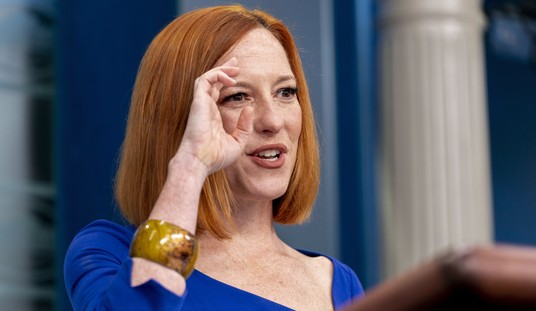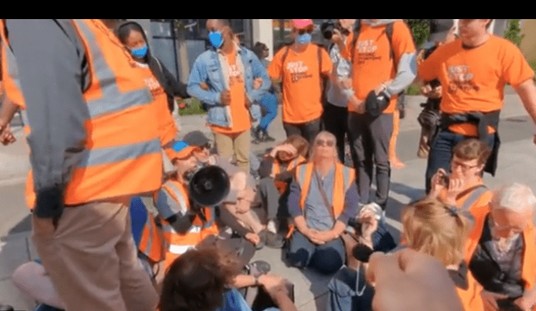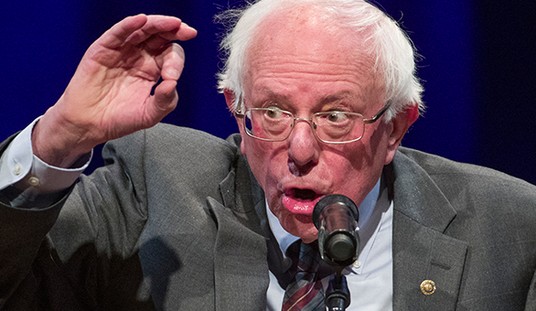With union bosses once again clamoring that they are ‘in crisis,’ union bosses are looking to expand their membership into areas that have been traditionally immune to unions.
For the last several months, union-supported fast food workers have been staging “impromptu” strikes throughout the country.

Like the union-supported Occupy movement before it, the fast-food workers’ efforts are being coordinated by media-savvy professional organizers employed by the Service Employees International Union, a union front group called ROC (Restaurant Opportunities Center), as well as an assorted array of pro-union politicians and “community activist” groups.
- More about ROC and its agenda here.
In actuality, however, the entire fast-food effort is part of a four-year old plan cooked up by the Service Employees International Union (SEIU).
So far, the union-funded protesters are demanding raises to $15–more than twice the minimum wage–under the slick campaign slogan “Fight for $15.” However, the true aim of the SEIU and its allies is to unionize the industry and it appears the SEIU is about to launch a full-out blitzkrieg fast food joints across the country.
Based on an interview with Salon.com, it seems that SEIU boss Mary Kay Henry, using typical Marxist logic, is trying to alter the world of the french-frying proletariat and bourgeoisie.
“It’s more about, ‘How do we shift things in the entire low-wage economy?’” she claims.
Henry was joined by SEIU assistant to the president for organizing Scott Courtney, who said to expect “a big escalation” from fast food workers in “the next week or 10 days.”
[snip]
…“The story is leverage in and of itself.” And “the fact that workers are taking these risks I think is our leverage.”
Where does that leverage lead? Could the endgame be a deal where corporations agree to pave the way for union negotiations and the union agrees before formal bargaining to carve out some parts of the country or cap the potential increase in labor costs? “It could be something like that,” said Courtney. “I think anything you know about traditional collective bargaining is possible,” said Henry, “and then things we haven’t imagined.” She added that innovations may be necessary to address the franchisee structure of the industry, in which fast food corporations set the business model – and reap substantial portions of the revenue — but don’t directly employ many of the workers. Could that franchisee structure itself be vulnerable to political or legal challenge? “Yeah, I think there’s a lot of areas,” said Courtney. “But again, it’s brand-new” and “certainly not fleshed out.” [Emphasis added.]
While Courtney claims “it’s brand new,” the reality is the SEIU’s strategy is only an altered version of its 2009 blueprint:
- Initiate a focused experiment in one or two metro areas to test the organizing theory and bring resources to bear on a limited geographical target.
- Choose metro areas with a favorable local political environment and workforce composition (Los Angeles and an east coast market) [The SEIU chose New York to launch its fast food union campaign]
- Target 7-10 of the largest chains to keep bargaining manageable and map out geographic clusters where field work can be concentrated. [Though McDonalds was the first, other chains are now being targeted by the union.]
- Build broad-based support for targeted workers via extensive community outreach and organizing and political work with prominent local elected officials
- While staying focused on the 7-10 chains, bring workers together across companies within geographic clusters to build a sense of movement and solidarity. [Fast-food strikes, when they occur, are not at a single restaurant but several.]
- Use a living wage as a vehicle to excite, build momentum, build worker lists/ID potential leaders and potentially support collective bargaining. We believe we will have enough traction with an ordinance to use as a legitimate tool for organizing and potentially as legislation to raise standards.
- Move fast and furious with an army of 200-300 Staff/MOs/VOs/other volunteer organizers and the necessary number of leads to:
- Petition for living wage
- ID leaders
- Bring workers together within geographies
- Sign authorization cards
- File on dozens of restaurants per week
Does this sound familiar?
Although the SEIU’s actions are a modified version of its 2009 blueprint, the actions are remarkably similar to what the SEIU laid out four years ago.
So, what is the end game?
Money. Money for the SEIU that is.
While fast-food workers won’t get the $15 they are campaigning for, if unionized, the SEIU will get union dues. Moreover, with union dues standing averaging 1.3% (or more) of pay, if a fast-food worker earns $8 per hour, the SEIU gets at least $0.10 per hour for every hour the employee works.
That’s not, of course, counting the initiation fees the SEIU will collect for every new worker hired. With turnover in the fast-food industry, initiation fees alone will account for millions in the SEIU’s coffers–and the more turnover there is, the more money the SEIU makes.
Of course, along with unions come union rules–typically designed to make jobs less productive and require more workers. (More workers mean more union dues.)
No matter how you slice it, it appears the SEIU’s campaign to unionize fast food workers is escalating and, like it or not, someday, your Big Mac may come with a union label stamped on those two all-beef patties.
_________________________
“Truth isn’t mean. It’s truth.”
Andrew Breitbart (1969-2012)














Join the conversation as a VIP Member